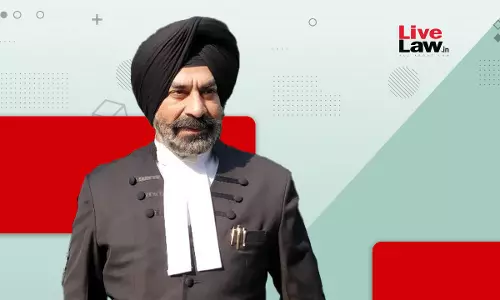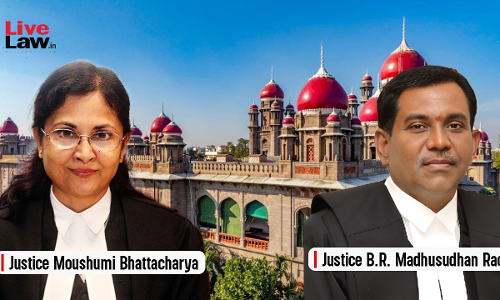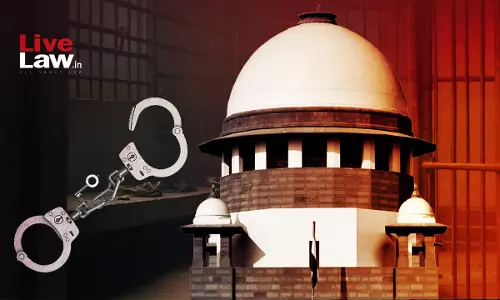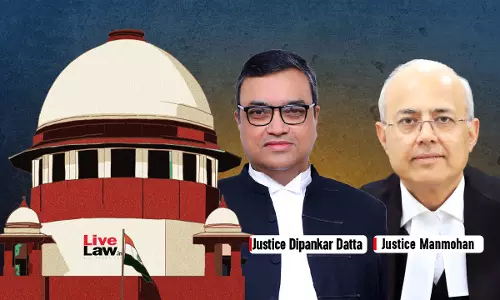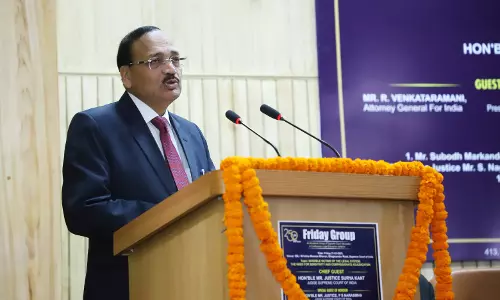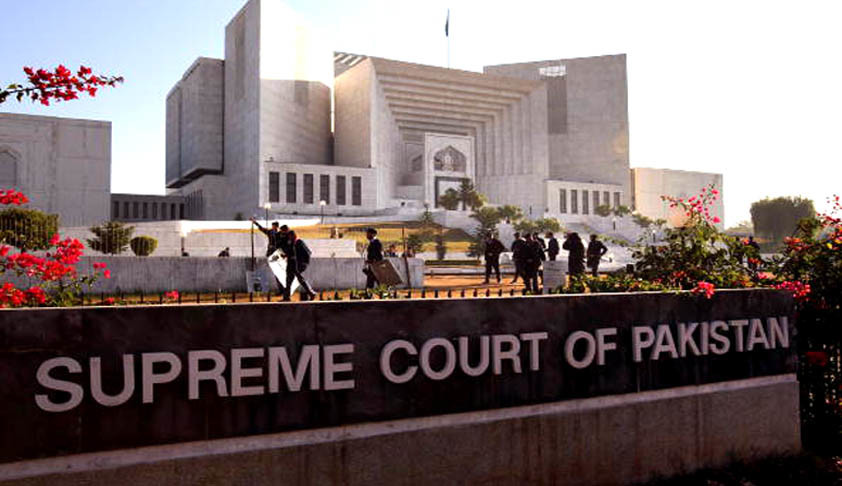Aadhaar [Day-4 Session-2] Aadhaar Project’s Structure Promotes Establishment Of Surveillance State, Argues Shyam Divan
As the Aadhaar hearing resumed post lunch hour on Wednesday, senior counsel Shyam Divan, appearing on behalf of the petitioners, urged before the five-judge Constitution bench of the Supreme Court that the architecture of the Aadhaar project is such that it promotes the establishment of a surveillance state.“The demographic and biometric data gathered under the Aadhaar scheme is stashed in...
As the Aadhaar hearing resumed post lunch hour on Wednesday, senior counsel Shyam Divan, appearing on behalf of the petitioners, urged before the five-judge Constitution bench of the Supreme Court that the architecture of the Aadhaar project is such that it promotes the establishment of a surveillance state.
“The demographic and biometric data gathered under the Aadhaar scheme is stashed in the Central Identities Data Repository (CIDR) and is stored there for several years. The government is entitled to collect information over the course of the lifespan of a citizen. Such records, collected in separate silos, when accumulated over a lifetime can create a complete profile of an individual, or even a section of the society. Such surveillance is bad from the constitutional point of view,” Divan said.
Elaborating on the technical repercussions of the CIDR, he said, “Each electronic device that utilises the internet is assigned a specific identification number. Now when such device connects with the CIDR, it is again allotted a unique ID at the first instance of the interaction. Consequently, every transmission originating from it can be traced back to it. Further, each such transmission follows a unique digital path, which makes it possible to recognise every link through which the transmission has passed.”
“So it, in turn, becomes possible to identify the location any point of time of any such device as well as the details of the transaction executed using it. By virtue of section 57, the ambit and depth of this surveillance will only increase,” submitted the senior counsel. Section 57 of the Aadhaar Act of 2016 permits the use of Aadhaar by state and non-state entities for any additional purposes pursuant to any law or even a contract to that effect.
In support of his argument, Divan produced before the bench the affidavits of two technical personnel.
Quoting from the affidavits, he stated, “The Aadhaar programme enables tracking of those enrolled under it in real time as well as non real time ...When an authentication is requested, the location and nature of the transaction is knowable ... Biometrics cannot be replaced or changed if stolen ... It could present grave national security concerns if the remuneration of the army personnel is linked with Aadhaar and the system is hacked ... In a demonstration conducted for the UIDAI, it has been revealed that fingerprints can be easily duplicated ... The fingerprint readers and other machines are not domestically manufactured, affording an opportunity of data mining to their foreign creators ...”
At this juncture, Justice DY Chandrachud posed a string of questions to the senior counsel: “To what extent can this Court delve into these technical considerations? Also, how is sharing your fingerprints for using the iPhone different from giving them under the Aadhaar project? The mere existence of a system is different from its misuse. Considering that every security system has loopholes, Should we second guess the decision of the government?”
“These affidavits confirm that there is extensive tracking of the Aadhaar card holders in so far as the aspects of time, location and purpose are concerned,” Divan said.
“We do not object to similar tracking by Google Maps”, responded Justice Chandrachud.
“Google is not the State. When the government monitors the citizens to such extent, it gives rise to a police state, which is against the spirit of the Constitution. Also, this tracking by the State is not with the free consent of the citizens,” submitted Divan.
“Amidst requirement of welfare expenditure and instances of money laundering and of terrorism, how is the mere collection of data wrong? The State is entitled to know if I am paying my taxes or not. The concern regarding surveillance should arise only when such information is misused,” repeated Justice Chandrachud.
Answering the question, senior counsel Kapil Sibal contended, “The concern arises from the need to share such sensitive data with the State”.
“‘Big Brother’ may one day use this data without our knowledge and become the ‘Bigger Brother’,” he added on a humorous note.
With a view to strengthen the argument that ‘surveillance’ constitutes an infringement of Articles 19(1) and 21, Divan relied on Justice Subba Rao’s dissenting judgment in Kharak Singh v. State of Uttar Pradesh (1964), in so far as he had observed therein that “the petitioner under the shadow of surveillance is certainly deprived of this freedom. He can move physically, but be cannot do so freely, for all his activities are watched and the shroud of surveillance cast upon him perforce engenders inhibitions in him, and he cannot act freely as he would like to”.
To drive in his point deeper, he quoted the observation of the Supreme Court in District Registrar and Collector v. Canara Bank (2004): “We are not living in a Police Raj”.
Further, he referred to the American case of U.S. v. Jones [565 U.S. 400 (2012)], wherein the installation of a GPS system by the government on the jeep of an individual was held to be an usurpation of the property by the State for the purpose of surveillance, invading privacy interests. “Awareness that government may be watching chills associational and expressive freedoms. And the government’s unrestrained power to assemble data that reveal private aspects of identity is susceptible to abuse”, quoted Divan from the judgment.
Finally, he cited the judgment of the European Court of Human Rights (ECtHR) in Roman Zakharov v. Russia (2015), wherein the State’s unrestricted interception of all telephone communications under the prevailing national law, without any prior judicial authorisation, had been examined. “Given the secret nature of the surveillance measures provided for by the legislation, their broad scope (affecting all users of mobile telephone communications) and the lack of effective means to challenge them at national level … Russian law did not meet the “quality of law” requirement and was incapable of keeping the interception of communications to what was “necessary in a democratic society,” the ECtHR had held.
The aforesaid case laws were also discussed in the Supreme Court nine-judge bench judgment in Justice KS Puttaswamy (2017), wherein the right to privacy was upheld as a fundamental right.
The hearing shall resume on Tuesday.


